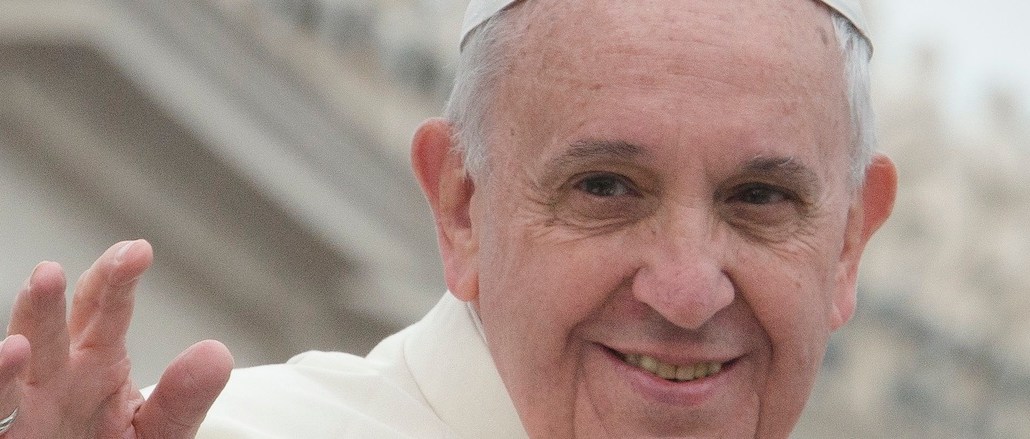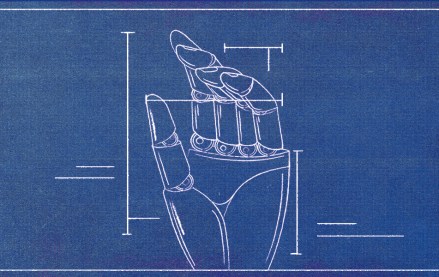
The Pope’s visit to the United States wouldn’t be complete without an emoji.
Twitter rolled out four custom emojis that appear when the hashtags #PopeInUS, #PopeInNYC, #PopeInDC and #PopeInPhilly are used. Each city is a stop on Pope Francis’ whirlwind American tour and each is adorned with a city-specific landmark; the U.S. hashtag gets an American flag.
“Considering the warm Twitter welcome he received shortly after being named Pope, we anticipate many devotees will flock to Twitter to savor his visit,” the social platform said in announcement posted today. Maybe, but the man himself has yet to tweet one of the emojis in his likeness. No idolatry, please.
Here’s what they look like:
Use these emoji to follow along as the #PopeInUS events unfold on Twitter. https://t.co/yM9NeO9J8V pic.twitter.com/MTrPYsKgYn
— Twitter Faith (@twitterfaith) September 22, 2015
Excitement is building for Pope Francis’ first visit to the U.S.. Twitter has measured 58,000 total tweets with the hashtag #PopeInUS within the past week with more expected when touches down in the country later today.

Topsy measured 3,000 #PopeinUS Tweets tweeted this morning. #PopeInDC and #PopeInPhilly have also been used roughly the same amount today, with only 400 tweets affixed with the #PopeInNYC hashtag.
A unified hashtag for his visit could help brands organize their tweets, which have been minimal so far. Twitter regularly creates custom emojis for big events that get people talking on the website, like the MTV Video Music Awards and social causes like #LoveWins. Coca-Cola was the first brand to pay Twitter to create a custom emoji for its #ShareACoke campaign last week.
Photo via Wikipedia.
More in Marketing

Best Buy, Lowe’s chief marketing officers explain why they launched new influencer programs
CMOs launched these new programs in response to the growing importance of influencers in recommending products.

Agencies create specialist units to help marketers’ solve for AI search gatekeepers
Wpromote, Kepler and Jellyfish practices aim to illuminate impact of black box LLMs’ understanding of brands search and social efforts.

What AI startup Cluely gets — and ad tech forgets — about attention
Cluely launched a narrative before it launched a tool. And somehow, it’s working.





